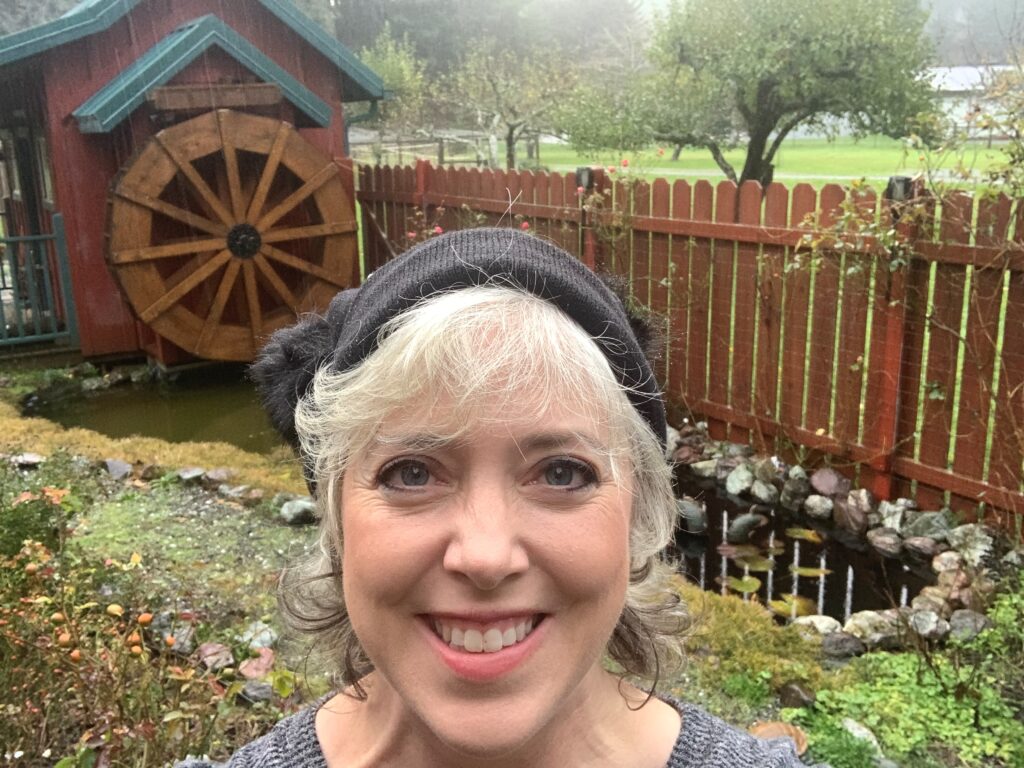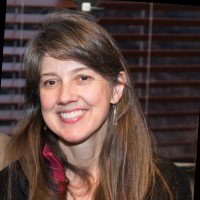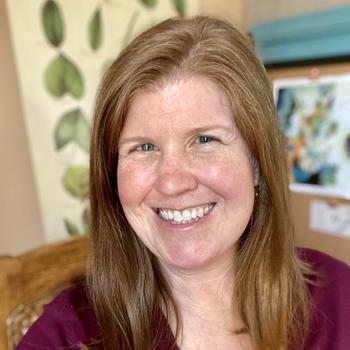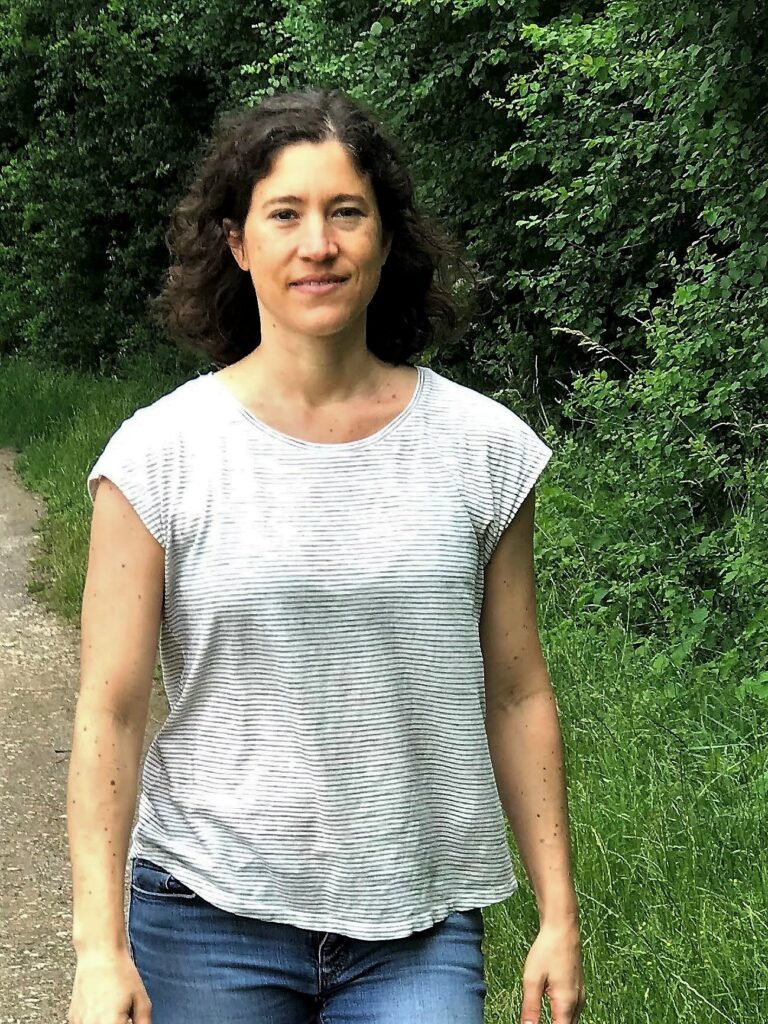Note: this article was originally written for the Hardy Plant Society of Oregon (HPSO) Quarterly Magazine (spring 2022 issue). The wonderful team at the HPSO, especially Eloise Morgan, provided copy editing assistance on this article.
To observe Oregon State University’s annual Martin Luther King Jr. Celebration, the Master Gardener Program hosted a screening of the movie ‘The Ants and the Grasshopper’. The movie follows Anita Chitaya, as she travels from her home in Malawi, to farms and gardens across the United States to share her story of how climate change is impacting her village. Afterwards, Dr. Vivek Shandas of Portland State University joined us to discuss the intersection of historical racism, landscaping and greenspace, and environmental justice.
When Anita Chitaya was asked what Americans can do to help the people in Malawi, she responded that she wanted people to talk about climate change and tell people about the plight of her village. Her response struck me for three reasons. First, she could have asked for many different things, such as money or advocacy. Instead, she thought it most important to talk about climate change. She, like many of you, saw great value in spreading knowledge. Second, after considering Anita Chitaya’s request, I realized that I don’t personally talk about climate change, outside of my classes. The scientific study of climate change has firmly established that human-caused climate change is happening, is accelerating at an unprecedented rate, and represents a danger to the life as we know it on earth (IPCC, 2021). I firmly believe that climate change is the one of the most important issues of our time, and I regularly worry about the world that my grandchildren will inherit. Yet I still feel shy to broach the subject with friends and family. Finally, Anita Chitaya was working to amplify the voice and concerns of those most affected by climate change. And, the movie made it quite clear that those most affected by climate change often hold the least power. This is something that Dr. Jeremy Hoffman of The Science Museum of Virginia and Dr. Vivek Shandas of Portland State University have studied in cities across the United States. And their work has direct connections to landscaping and gardening, as well as to historical racism and segregationist policies.
Together with Nicholas Pendleton, Drs. Hoffman and Shandas looked at 108 cities across the United States (Hoffman et al. 2020). For each city, they looked at historical Home Owner’s Loan Corporation (HOLC) maps from the 1930s, to see which neighborhoods had been ‘redlined’. Redlining is the historical practice of refusing loans or insurance to entire neighborhoods, based upon racially motivated perceptions about risk of investment. HOLC maps categorized neighborhoods from “Best” (A neighborhoods, outlined in green), “Still Desirable” (B neighborhoods, outlined in blue), “Definitely Declining” (C neighborhoods, outlined in yellow), and “Hazardous” (D neighborhoods, outlined in red).
After defining the historical boundaries of the A, B, C, and D HOLC neighborhoods, the scientists generated Land Surface Temperature maps (LST maps) using publically available Landsat imagery. The LST maps were based upon Landsat data for summer months (June – August) of 2014 through 2017, when cloud cover was less than 10 percent. The resolution of the LST maps was fairly course (30 meters by 30 meters), but nonetheless provided data on neighborhood- and city-scale patterns of modern-day heat.

, ed. Robert K. Nelson and Edward L. Ayers, accessed February 7, 2022, https://dsl.richmond.edu/panorama/redlining/
What they found was astonishing: 94% of the cities they examined had city-scale patterns of extreme heat in historically redlined areas. Let me put this another way: 80 years had passed between the HOLC maps and the LST maps that they used as data for this study and 50 years had passed since the Fair Housing Act of 1968 was passed to stop the practice of redlining. Yet, these neighborhoods still bore the signature of historical racism, in the form of urban heat. Notably, the largest modern-day difference between “D” and “A” neighborhoods was found in Portland, Oregon. On average, neighborhoods that had been classified as “D” in the 1930s were 13 degrees Fahrenheit warmer than neighborhoods that had been classified as “A”. Nationally, historical “D” neighborhoods were 5 degrees Fahrenheit warmer than “A” neighborhoods.
What could account for these differences in temperature? First, historical “D” neighborhoods lacked tree canopy cover, parks, gardens and other greenspaces and green infrastructure that can help to naturally cool a city. This is consistent with the historical disinvestment in redlined neighborhoods. Not only were loans and insurance withheld, but when trees were removed due to damage and disease, they were often not replanted. In addition, redlined neighborhoods were also the most likely to be developed. Residents in these neighborhoods often lacked the social capitol needed to successfully protest the loss of a public garden or park, or to fight a new road or highway. This meant that these areas, over time, were more likely to be paved, and less likely to have trees.
I asked Dr. Shandas, during our discussion following the film, how gardeners and landscapers can promote social justice and fight environmental racism through our work. He responded that urban greening and tree planting initiatives seem and obvious answer, but that they need to be planned and executed in close consultation with community members most affected by urban heat. Perhaps not surprisingly, these community members are often the most vulnerable to extreme weather and climate change, including the homeless or those in rental or federally subsidized housing and without easy access to air conditioning. For a good example of an effort to work closely with local communities to increase trees and greenspace in historically redlined neighborhoods, you can visit Dr. Hoffman’s ‘Throwing Shade in RVA’ website (Hoffman, n.d.).

I don’t purport to have great solutions or answers to heavy issues such as climate change, environmental justice, or historical and systemic racism. But, I take inspiration from the direction provided by Anita Chitaya, and I am working to become more comfortable talking about climate change. I’m also taking inspiration from the direction given by Dr. Shandas, and am trying to grow my service to community partners in a way that focuses on listening, learning, and following their direction. I also think that it is interesting to note how gardens, trees, and greenspace play a central role in who is exposed to versus protected from urban, extreme heat. As gardeners, these aren’t often issues that we consider or contend with. But, the Master Gardener program is focused on the science of gardens and other greenspaces, and Drs. Hoffman and Shandas have provided compelling evidence of the research-basis of patterns that we might not notice or that we take for granted in cities and neighborhoods across the U.S.
Hoffman, J.S. No Date. Throwing shade in RVA. http://jeremyscotthoffman.com/throwing-shade, Accessed February 1, 2022.
Hoffman, J.S.; Shandas, V.; Pendleton, N. 2020. The Effects of Historical Housing Policies on Resident Exposure to Intra-Urban Heat: A Study of 108 US Urban Areas. Climate 8, 12. https://doi.org/10.3390/cli8010012
IPPC 2021. Climate Change 2021: The Physical Science Basis. https://www.ipcc.ch/report/sixth-assessment-report-working-group-i/








